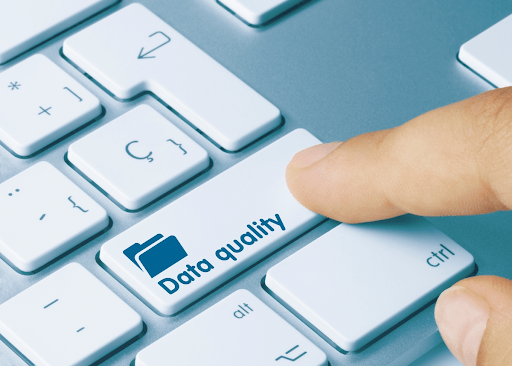As firms move towards digitization, data will continue to be the critical element in decision-making and operations. Given this environment, data quality will be mission-critical to enterprises large and small, regardless of industry. As the variety, quantity, and quality of data explodes, COOs, CTOs, and IT professionals will need to select appropriate methods for their organization that enhances the accuracy and reliability of their data.
Manual data processing has often been the traditional approach for data quality improvement; however, it is time-consuming, error-prone, and lacks scalability. Automated methods can, on the other hand, enhance data quality. Specifically, processes, that incorporate AI and ML technologies, integrate data quality checks into data pipelines, adopt a data agnostic approach, and reduce dependencies with low code, can enhance organizations’ ability to leverage their data quality. When organizations improve the quality of their data, it amplifies their ability to make more informed decisions, increase productivity and improve business outcomes.
Understanding the desired features of a robust automated data quality process and an analysis of how they enhance business operations can be valuable for technology leaders to plan their organizations’ data needs.
Automation of data quality checks
Automating data quality checks is an effective way to improve the accuracy and reliability of data. For example, automated Data Ingestion Tools can help detect and correct errors in the data, such as missing values, incorrect data types, and values that fall outside the acceptable range. Automating these checks can help save time and effort, especially when dealing with large quantities of data. Further, it can minimize human error that may persist through data lifecycles, which can impact data integrity.
Use of AI and ML
Artificial Intelligence (AI) and Machine Learning (ML) are playing a significant role in enhancing data quality. These technologies can be used to identify patterns and relationships in data, making it easier to detect and correct errors. For example, ML algorithms can be trained to identify and flag outliers to help organizations quickly identify and correct data errors. Additionally, AI-powered data quality tools can identify duplicates and ensure data consistency across different systems, helping organizations maintain data accuracy and integrity. The use of AI and ML in data quality improvement not only saves time and effort but also provides a more effective and efficient approach to data quality improvement.
Integration of data quality checks into the data pipeline
Integrating quality checks into the data pipeline is not only strategic but vital. By validating data before it is used in decision-making processes, organizations can detect errors early and reduce costly mistakes from the use of incorrect data. Decision-making processes can be reliable if based on accurate data, leading to better outcomes. By integrating data quality checks into the
Credit: Source link


Comments are closed.